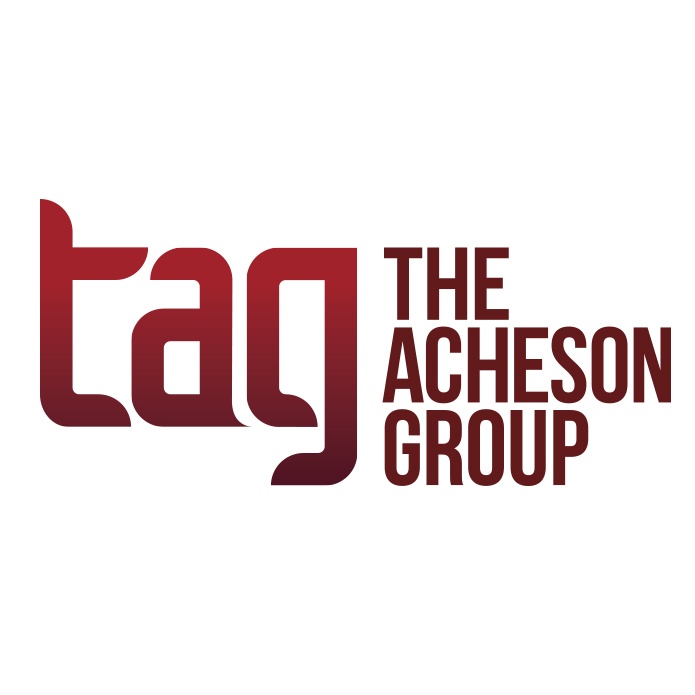FSMA’s Preventive Controls rule requires food facilities to have a written Food Safety Plan (FSP). But before you even start writing it, a large majority of your time should be spent on the hazard analysis – and if you’ve already written your FSP, it should be reviewed to ensure it includes a complete hazard analysis. As explained by TAG Senior Food Safety Director Christopher Snabes in September’s FSMA Fridays session, this is the backbone of your FSP. So how do you develop your hazard analysis, what challenges should you expect to encounter, and what benefits will you derive the analysis? Read on … To get started on your hazard analyses, which should include a specific analysis for each part of the facility, you should involve an engaged team from various departments along with your PCQI, who must write or oversee your FSP – and expect to have multiple edits. Some facilities have faced challenges when they try to rush through the hazard analysis, so it is advised that you take your time to ensure you are considering all relevant hazards. Beyond the biological, chemical, and physical hazard analysis of a traditional HACCP plan, the FSMA hazard analysis must include allergens and radiological hazards within the chemical category. However, animal food is exempt from allergen hazard analysis, because while food allergens may cause digestive disorders or dermatological conditions in some animals, FDA is not aware that they pose significant health risk, such as anaphylaxis. That said, animal food must consider species specific hazards. The hazard analysis also must consider any Economically Motivated Adulteration (EMA), that is a known historical food safety issue. While EMA is not a “must” in and of itself, FDA does mandate that all ingredients be assessed for EMA that has caused a food safety issue. That is, the mandate is based solely on known historical events that have caused a food safety issue, not a quality issue. If you have a historically known EMA ingredient, you must determine how you will prevent an EMA ingredient from getting into your supply chain. If you have no known documented EMAs of historical nature, you should include a statement in your food safety plan that all ingredients have been assessed for EMAs and none were discovered thru a documented review. The hazard analysis is to be conducted on the process as well as ingredients. In analyzing your process, consider each step and determine if a hazard is introduced or controlled there. This will enable you to determine if a Preventive Control is needed or if a prerequisite program can be used to control a hazard. Don’t forget to consider any packaging or transportation hazards that may be controlled or introduced. There is no single way of conducting the analysis to rank the risk; you could use a grading method such as likelihood vs severity, assignment of numeric scores to designate amount of risk, etc. But whatever method you use, you need reference the scale used, and where to find the related information and table in your food safety plan. As you work through your hazard analysis, consider the following tips: Be sure to consider the inherently intrinsic hazards of the ingredients. Physically walk the production line with your flow chart so each process step is assessed for a hazard being controlled or introduced. Don’t forget to state where any re-work is originating, where it is going, and whether a hazard is being introduced/controlled. If your human food process has an animal food use component, don’t forget to address that hazard analysis per species receiving the food. Document your sources for the hazards identified and your justifications as to why a hazard does or does not need a preventive control. Reference the FDA Guidance as a starting point to determine what hazards may exist While conducting a thorough hazard analysis may seem to be a long and complicated process, your facility will derive benefits beyond that of regulatory compliance. Not only will a robust, thorough hazard analysis make the rest of the Food Safety Plan come together more easily, it will be easy to update when any changes occur to an ingredient, process, or the facility itself. Hosted by SafetyChain Software, FSMA Fridays is a monthly live webinar with The Acheson Group (TAG), providing the industry with the latest news and insights on FSMA. Have a question about FSMA? Need assistance with FSMA compliance or gap assessments? Contact TAG today About The Acheson Group (TAG) Led by Former FDA Associate Commissioner for Foods Dr. David Acheson, TAG is a food safety consulting group that provides guidance and expertise worldwide for companies throughout the food supply chain. With in-depth industry knowledge combined with real-world experience, TAG’s team of food safety experts help companies more effectively mitigate risk, improve operational efficiencies, and ensure regulatory and standards compliance. Learn more at: www.AchesonGroup.com






